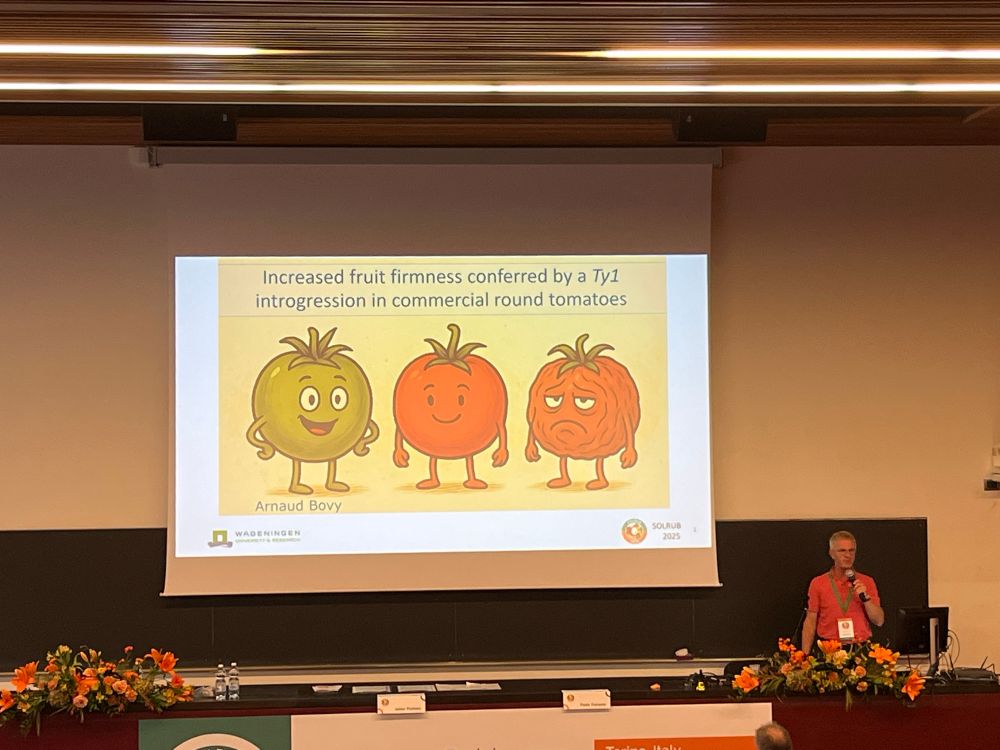Aureliano Bombarely
@bombarelya.bsky.social
350 followers
430 following
120 posts
#Genobotanist and #bioinformatician interested in #plant_domestication and #evolution. Scientist at IBMCP. Former faculty at LaStatale and VTCals.
Posts
Media
Videos
Starter Packs
Reposted by Aureliano Bombarely
Reposted by Aureliano Bombarely























